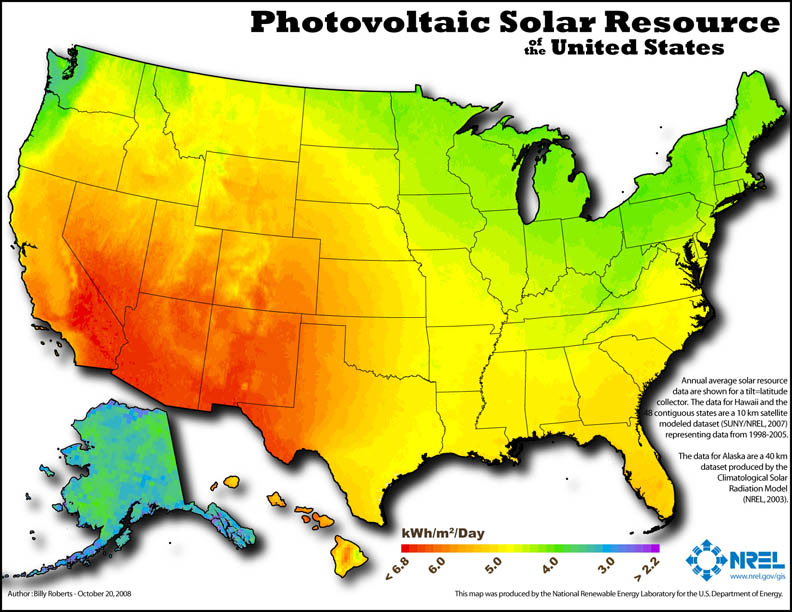forum
library
tutorial
contact

A Clean Power Grid and
Its Jobs Depend on Hydropower
by Mark Riker
Everett Herald, July 10, 2022
|
the film forum library tutorial contact |

|
A Clean Power Grid and
by Mark Riker
|
And that means every megawatt, including from the Snake River dams,
is needed to cut carbon emissions.
 As members of the Blue-Green Alliance, The Washington State Building and Construction Trades are leading our economy's transition to a low-carbon future. We supported Washington's transformative Clean Energy Transformation Act (CETA) and lobbied for its passage in the Legislature. The women and men of the Building and Construction Trades are fully committed to doing our part to usher in the most environmentally responsible jobs positive future possible.
As members of the Blue-Green Alliance, The Washington State Building and Construction Trades are leading our economy's transition to a low-carbon future. We supported Washington's transformative Clean Energy Transformation Act (CETA) and lobbied for its passage in the Legislature. The women and men of the Building and Construction Trades are fully committed to doing our part to usher in the most environmentally responsible jobs positive future possible.
How we get there matters for everyone. And that's why we are speaking out in favor of keeping the four hydroelectric dams on the lower Snake River. We believe the calls for the removal of the Snake River dams are premature and are detrimental to de-carbonization efforts.
CETA commits the state of Washington to a carbon-free electricity grid by 2045.
Today, about a quarter of the electricity consumed in the state comes from burning fossil fuels.
To understand the challenge of de-carbonizing electricity generation, one has to understand the physics of the electric grid. Supply and demand must be in balance at all times. If they fail to balance, the grid can collapse, causing uncontrolled blackouts, which represent significant threats to public health and safety.
A resource that can respond to constantly changing demand needs is referred to as a "dispatchable resource." They're desirable because you can use them with little to no notice. Hydropower, coal, nuclear and natural gas-based combustion turbines are considered "dispatchable."
Given the variability of solar and wind generation, they are considered "intermittent" resources. While wind and solar power are important in the fight against climate change, they introduce high variability to the grid and must be paired with or backed up by energy storage resources or on-demand generation like hydropower, nuclear, natural gas or coal-fired generation.
Removing fossil-generated electricity is like nothing else we've done before, and therefore must be undertaken strategically. A recent study commissioned by the Public Generating Pool, Climate Solutions and National Grid shows just how steep the climb will be. The study examined electric grid decarbonization scenarios for the Pacific Northwest and projected the need for 84,000 megawatts (MW) of new, incremental renewable capacity and 10,000 MW of new battery storage to achieve a carbon-free electric grid for Oregon and Washington by 2050. Notably, these numbers assumed the lower Snake River dams remain in place.
To put that in perspective, the Pacific Northwest today has the capacity to generate up to 64,000 MW of electricity (equivalent to 64 Seattles) from all available sources, which includes the lower Snake River dams.
The most optimal sites for new generation, like wind and solar, are the first to be developed. Costs rise and conflicts with neighbors and wildlife increase after that. Recent press reports of environmental group opposition to the construction of solar facilities shows just how challenging this build out will be.
Removal of these dams would set us back in our fight against climate change by increasing greenhouse gas emissions by causing us to rely on fossil generation longer and would make it harder to achieve our clean energy objectives.
Removal of the dams would also increase power costs by up to 25 percent which would disproportionately impact low-income communities. In 2022, the Snohomish County Public Utility District, the state's largest public utility, estimates it will get 84 percent of its electricity from the region's federal power system, which includes the Snake River dams. About 20 percent of Snohomish County residents live on incomes below 200 percent of the federal poverty level, or about $25,000 for an individual. While Snohomish PUD has customer assistance programs that help lower-income consumers with their bills, if the cost of power to Snohomish PUD goes up, everyone will feel it.
While these are very important and complex issues to consider, we can't afford to take any step that moves us backward in our effort to realize our clean energy future. And we can't afford to add to the burdens of already struggling working families. And that means we can't afford to take out the Snake River dams.
learn more on topics covered in the film
see the video
read the script
learn the songs
discussion forum
